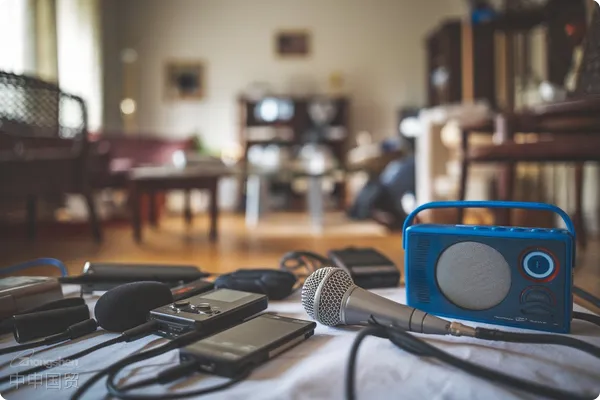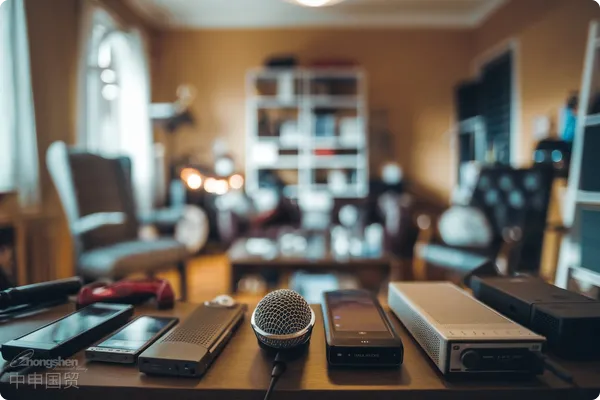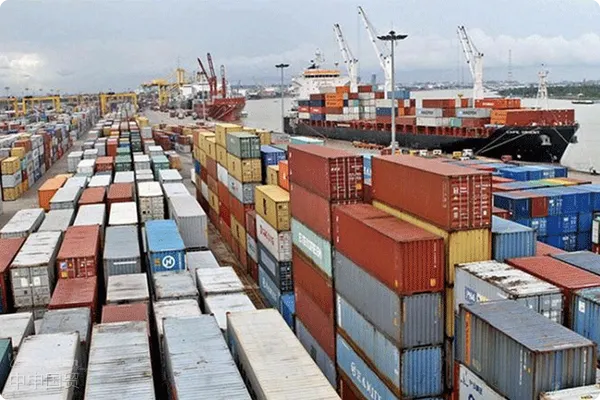- Shanghai Zhongshen International Trade Co., Ltd. - Two decades of trade agency expertise.
- Service Hotline: 139 1787 2118
With technological advancements and improvements in living standards, home audio-visual equipment has become an indispensable part of daily life. From televisions and audio equipment to projectors, more and more consumers are pursuing higher-quality audiovisual experiences. For businesses exporting these audio-visual products, understanding and complying with various export processes and compliance requirements is key to ensuring smooth entry into overseas markets. Asforeign tradeExport Representationan industry veteran, this article will detail theEquipment Exportrelevant requirements and considerations for audio-visual equipment, helping businesses export smoothly while ensuring compliance and efficient customs clearance.

I. Types of Audio-Visual Equipment and HS Code Classification
According to the latest HS Code directory, different types of audio-visual equipment should be classified based on their specific functions and uses. Below are the classification descriptions for several common types of audio-visual equipment:
Microphone
- HS 編碼:8518.10
- Classification Basis:
- Heading 8518: Microphones and their stands.
- Classification Reasons: Microphones are used to convert sound waves into electrical signals.
2. MP3 播放機(jī)
- HS 編碼:8519.81
- Classification Basis:
- Heading 8519: Sound recording or reproducing apparatus.
- Classification Reasons: MP3 players are digital audio players capable of playing digital audio files.
3. MP4 播放器
- HS 編碼:8521.90
- Classification Basis:
- Heading 8521Video recording or playback equipment.
- Classification ReasonsMP4 players can play digital video files while also having audio playback functionality.
Radio
- HS 編碼:8527.19
- Classification Basis:
- Heading 8527Radios for receiving sound broadcasts.
- Classification ReasonsRadios are used to receive radio broadcast signals and convert them into audio output.
Projector
- HS 編碼:8528.62
- Classification Basis:
- Heading 8528Projectors without television reception capability.
- Classification ReasonsProjectors are used to project image or video signals onto screens, commonly connected with other devices.
II. Declaration Elements and Considerations for Exporting Audio-Visual Equipment
In the export process of audiovisual equipment, accurate declaration and compliant operations are prerequisites for smooth customs clearance. Below are the key declaration elements and specific matters that enterprises need to pay attention to during export:
---
- Product nameClearly declare the name of the equipment, such as LCD TV, home audio system, projector, etc.
- Brand typeSuch as independent brand, joint venture brand, imported brand, etc.
- Export Preferential Treatment Situation: Whether to enjoyExport Drawbackor tariff preferences.
- PurposeFor audiovisual entertainment in households or commercial venues.
- FunctionDescribe the specific functions of the equipment, such as displaying TV signals on screen, audio amplification and speaker playback, projecting images onto walls or screens, etc.
- Brand(Chinese or foreign name): Provide the brand information of the equipment.
- ModelFill in the specific model of the equipment.
- Other InformationInclude the technical parameters and materials of the equipment.
Regulatory requirements
- Environmental complianceThe export of audiovisual equipment involves environmental compliance issues. Some countries have strict requirements on the environmental performance of electronic products. Enterprises should ensure that exported equipment meets the environmental standards of the destination country, such as energy efficiency ratings and restrictions on hazardous substances (e.g., the EUs ROHS Directive).
- Certification RequirementsSome countries or regions require imported audiovisual equipment to have relevant certifications, such as CE certification (EU market), FCC certification (US market), etc., to ensure the safety and environmental compliance of the equipment during use.
Customs declaration and clearance
- Export invoices, packing lists,It is recommended to verify through the following methods:certificates, quality certificates, etc. are essential documents for exporting watches. Enterprises need to ensure the accuracy and integrity of these documents to smoothly pass the customs clearance process at the destination.Documents are essential materials for the export of audiovisual equipment. Enterprises must ensure the accuracy and completeness of these documents.
- Technical DocumentationInclude the equipments operation manual, technical specifications, etc., to provide detailed operational guidance for customers in the destination country, facilitating customs clearance and subsequent use.

III. Market Access Requirements and Compliance in Various Countries
Market access requirements for audiovisual equipment vary across countries, especially in terms of environmental protection, energy efficiency, and equipment safety. Enterprises should fully understand the requirements of the target market before exporting.
EU Market
- CE認(rèn)證The EU requires CE certification for audiovisual equipment to ensure compliance with health, safety, and environmental standards in the European market.
- Environmental protection requirementsMust comply with EU environmental regulations, such as the ROHS Directive and WEEE Directive, to control the use of hazardous substances and the disposal of electronic waste.
US Market
- FCC認(rèn)證In the US market, audiovisual equipment typically requires FCC certification to ensure that electromagnetic radiation meets safety standards and does not interfere with the normal operation of other electronic devices.
- Energy StarSome audiovisual equipment must comply with the Energy Star energy efficiency standards to ensure energy conservation and environmental protection.
Emerging Markets
- For emerging markets such as Southeast Asia and Latin America, in addition to basic safety certifications, enterprises must also pay attention to the destination countrys regulations on equipment performance and environmental requirements, particularly in energy efficiency and electronic waste recycling, as some countries may have specific laws.
IV. Other Considerations for Exporting Audio-Visual Equipment
Ensure Compliance and Environmental Protection
Before exporting audiovisual equipment, enterprises should ensure that all indicators of the equipment comply with the laws and regulations of the destination country, especially in terms of environmental protection and energy efficiency. Some countries have strict requirements on the environmental performance of electronic devices, such as restrictions on hazardous substances and higher energy efficiency ratings. Enterprises must ensure that exported equipment meets these standards to avoid customs clearance delays due to environmental issues.
Prepare Product Certifications in Advance
For audiovisual equipment that requires product certification, enterprises should contact certification bodies to complete relevant certifications, such as CE or FCC, before exporting, ensuring all certification documents are complete. Preparing certifications in advance can prevent export delays due to non-compliance.
Choosing an experienced export agency company can effectively reduce various risks in the export process of watch products. The agency company can assist enterprises in preparing export documents, conducting product certifications, coordinating logistics and customs clearance, etc., to ensure that the entire export process is more efficient and smooth. The agency company can also help enterprises better understand the laws and regulations of the target market, provide relevant compliance consulting services, and ensure that the products meet the market access requirements of various countries. In addition, the agency company has rich experience in handling
In the export process of audiovisual equipment, choosing an experienced export agency can effectively reduce risks and uncertainties. The agency can assist enterprises in preparing export documents, obtaining product certifications, coordinating logistics and customs clearance, etc., ensuring a smoother and more efficient export process. Especially for first-time exporters, the agency can provide professional consulting services to help enterprises navigate the complex regulations and market requirements of different countries.
Summary
The export of audiovisual equipment involves multiple steps and complex compliance requirements, from equipment classification and HS codes to specific market access requirements of various countries. Enterprises must be fully prepared at each step to ensure that exported equipment meets the standards and regulations of the target market. By partnering with an experienced export agency, enterprises can effectively reduce export risks and successfully sell audiovisual equipment in global markets, providing customers with high-quality audiovisual experiences. If you encounter any issues during actual operations, feel free to contact ourZhongShen International Tradeprofessional team. We will provide personalized solutions to ensure your foreign trade business is worry-free!
Related Recommendations
Core Business
Contact Us
Email: service@sh-zhongshen.com
Related Recommendations
Contact via WeChat

? 2025. All Rights Reserved. 滬ICP備2023007705號(hào)-2  PSB Record: Shanghai No.31011502009912
PSB Record: Shanghai No.31011502009912








